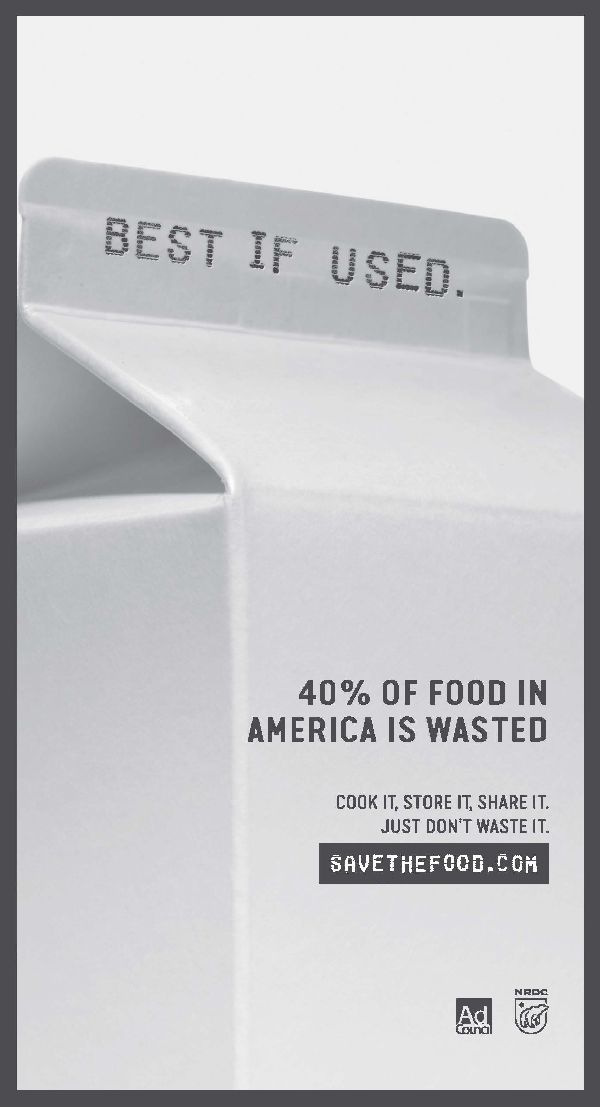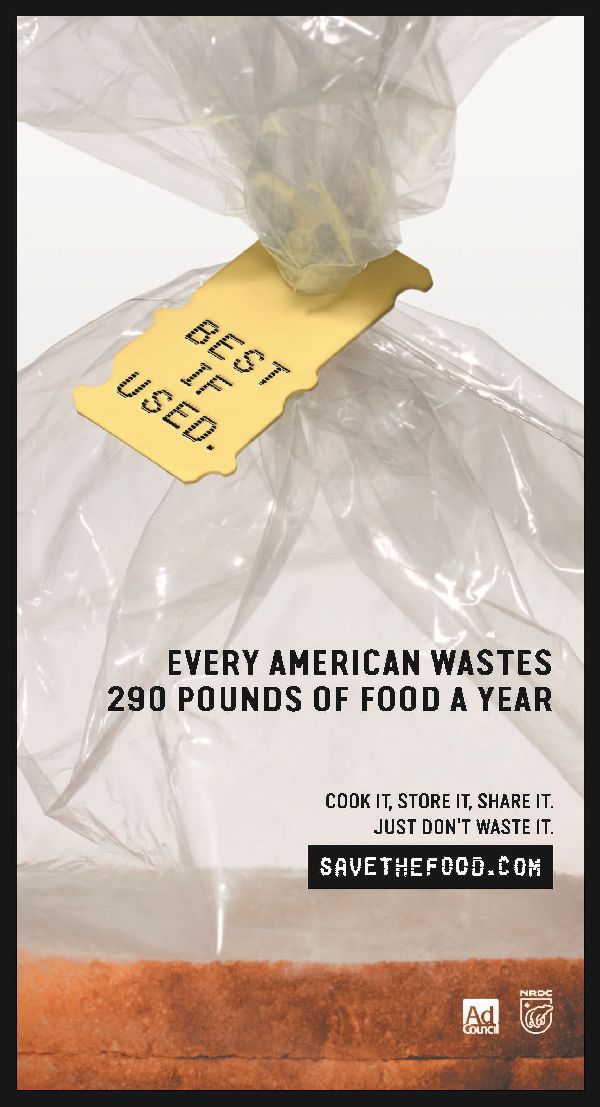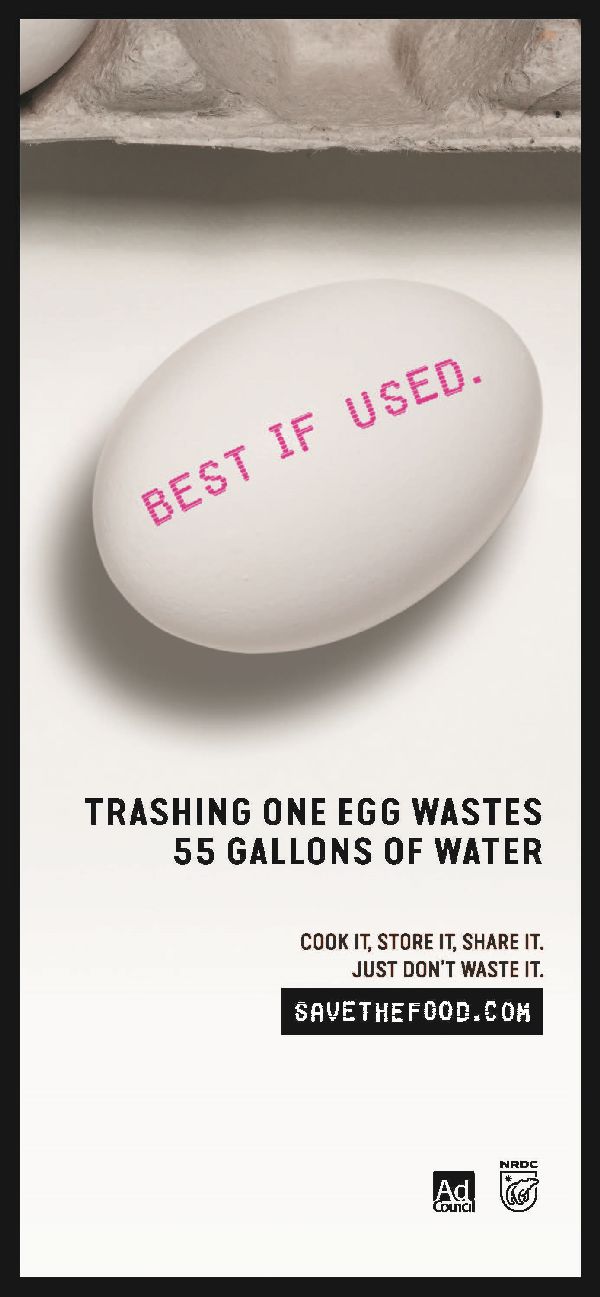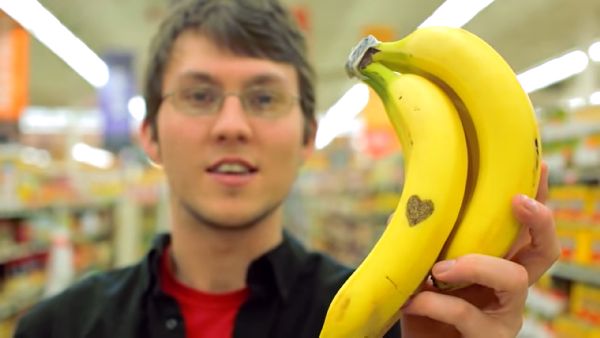What Is Food Waste?
Most people don’t realize how much food they throw away every day – from uneaten leftovers to spoiled produce. About 95% of the food we throw away ends up in landfills. In fact, food is the number one thing in America's landfills today.
Consumers are responsible for more wasted food than farmers, grocery stores, restaurants, or any other part of the food supply chain. 21% of the food each person buys goes to waste, with the average American family of four spending $1,500 on food they don’t eat.
Why are consumers wasting so much food?
No one likes to waste, but the vast majority of Americans don’t think about food waste as a significant problem. We tend to think of food waste with restaurants or agriculture rather than our own households. Raising awareness of the issue is the first step to reducing food waste.
What can you do to prevent food waste?
Reduce Wasted Food
- Shop your refrigerator first before buying more
- Plan your menu before shopping
- Buy only what you realistically need
- Freeze, preserve, or can surplus fruits and vegetables
- Everyday Leftover Recipes
- Deciphering Dates on Products (PDF)
- Alexa, Open Save the Food
- Find more tips at Save the Food
Donate Food Locally
- Food Bank of Alaska
- Fairbanks Community Food Bank - Items We Need
- Southeast Alaska Food Bank
- Donate Alaska Traditional Foods (PDF)
- Move for Hunger - Find a local company to collect unwanted food when moving.
Donate Food for Animals
Additional Resources
- Food Waste Working Group (AK Food Policy Council)
- Reducing Food Waste - What Schools Can do Today (USDA)
- Tips to Reduce Food Waste (FDA)
- Food Loss and Waste (USDA)
- Reducing Food Waste at Home (EPA)
- Food Banks and Donations Guidelines (ADEC)
Food Waste in the News
- Food News (AK Food Policy Council)
- New Data Shows Food Waste Is Getting Worse (Bloomburg)
- Food Waste News (NPR)
- Latest Food Waste News (Save the Food)




 A Love Letter to Food (YouTube)
A Love Letter to Food (YouTube) Indicates an external site.
Indicates an external site.